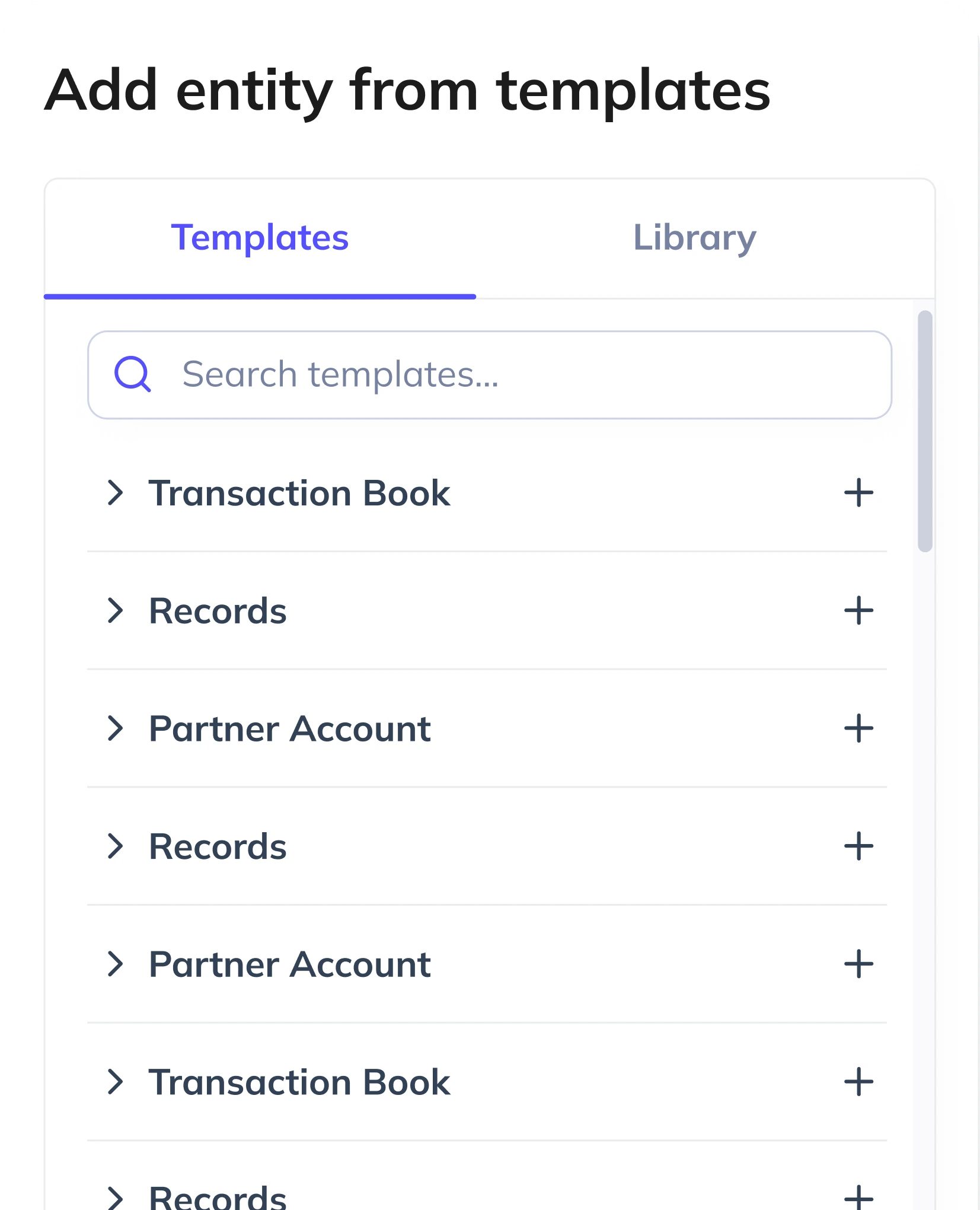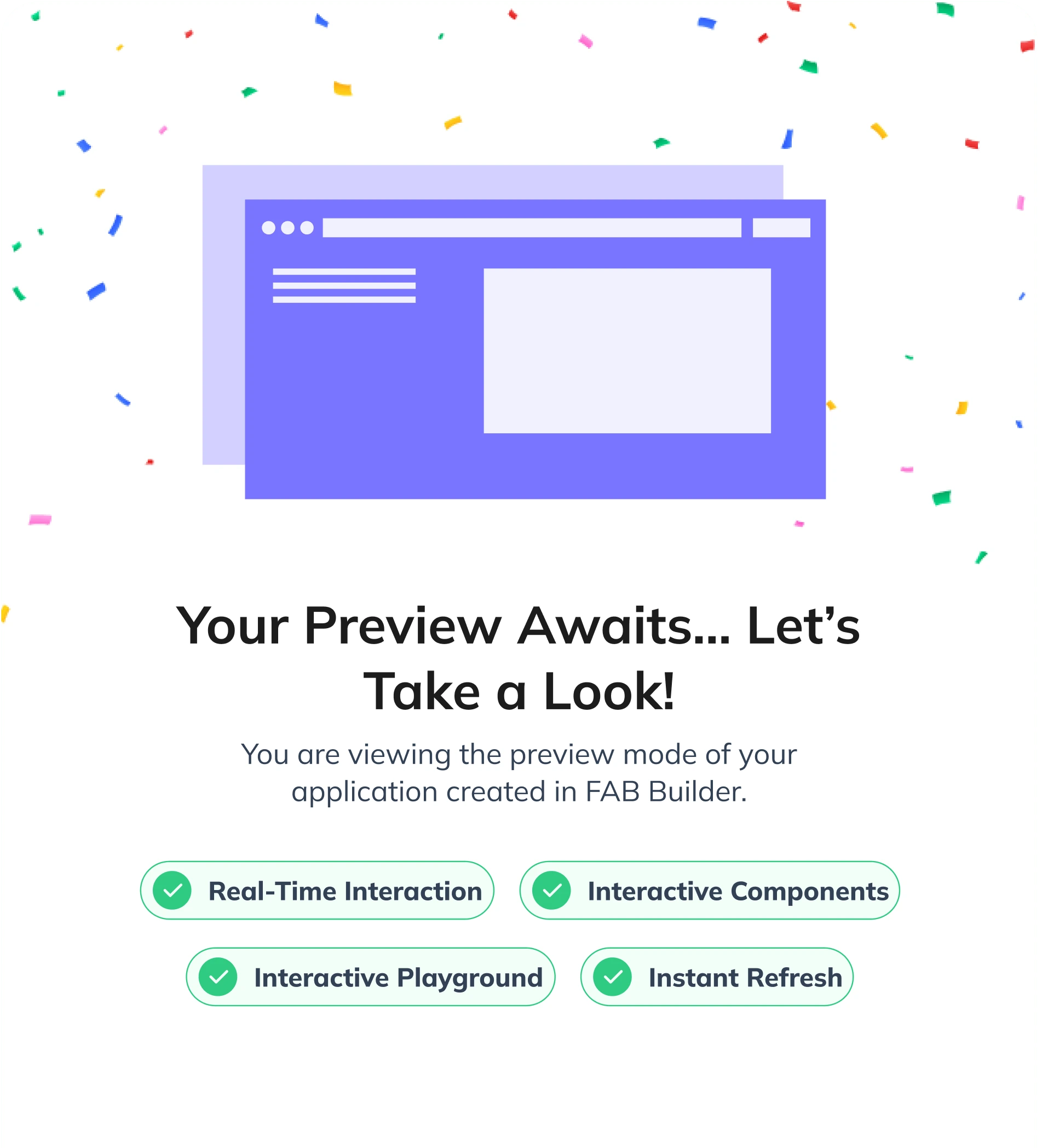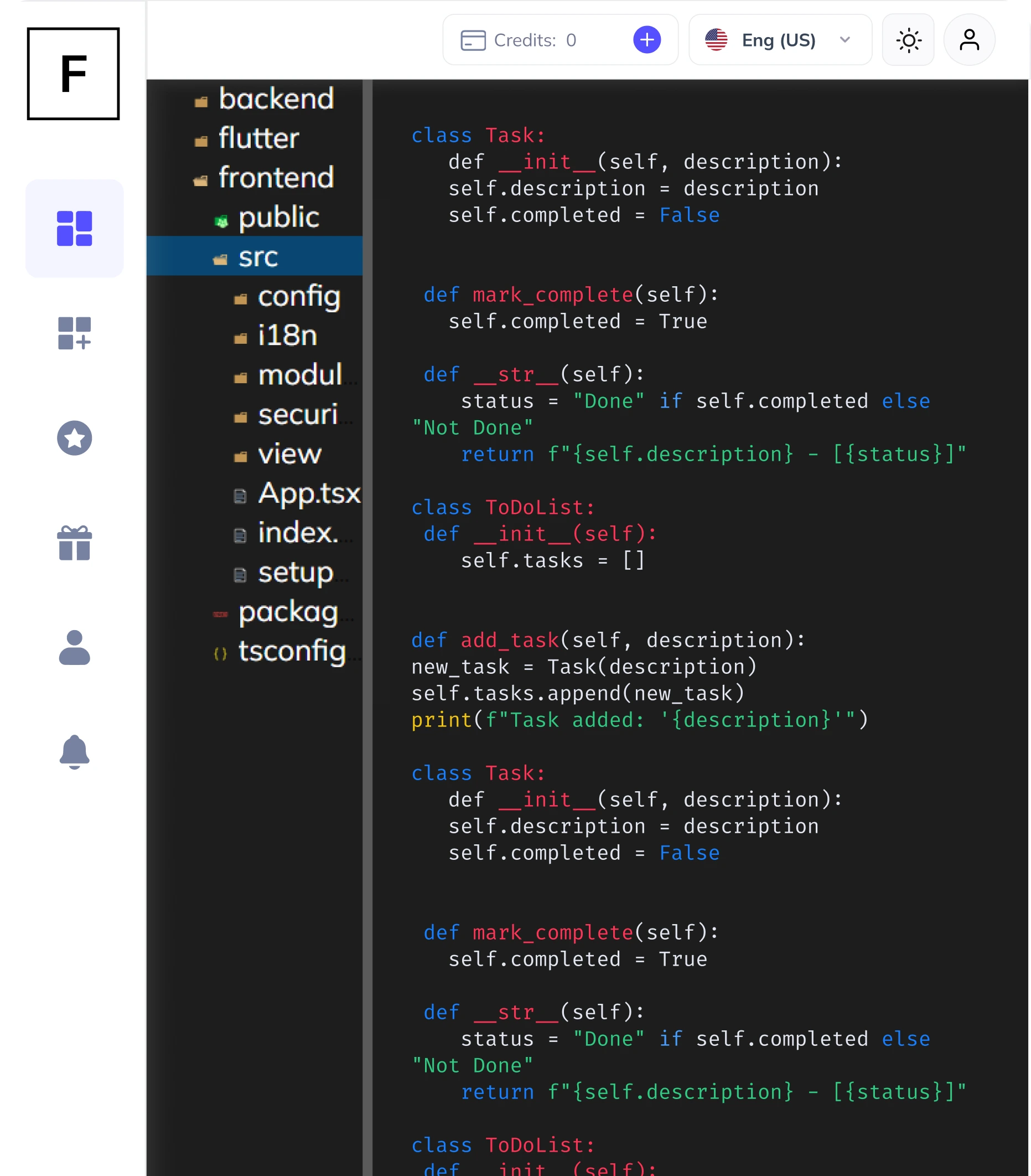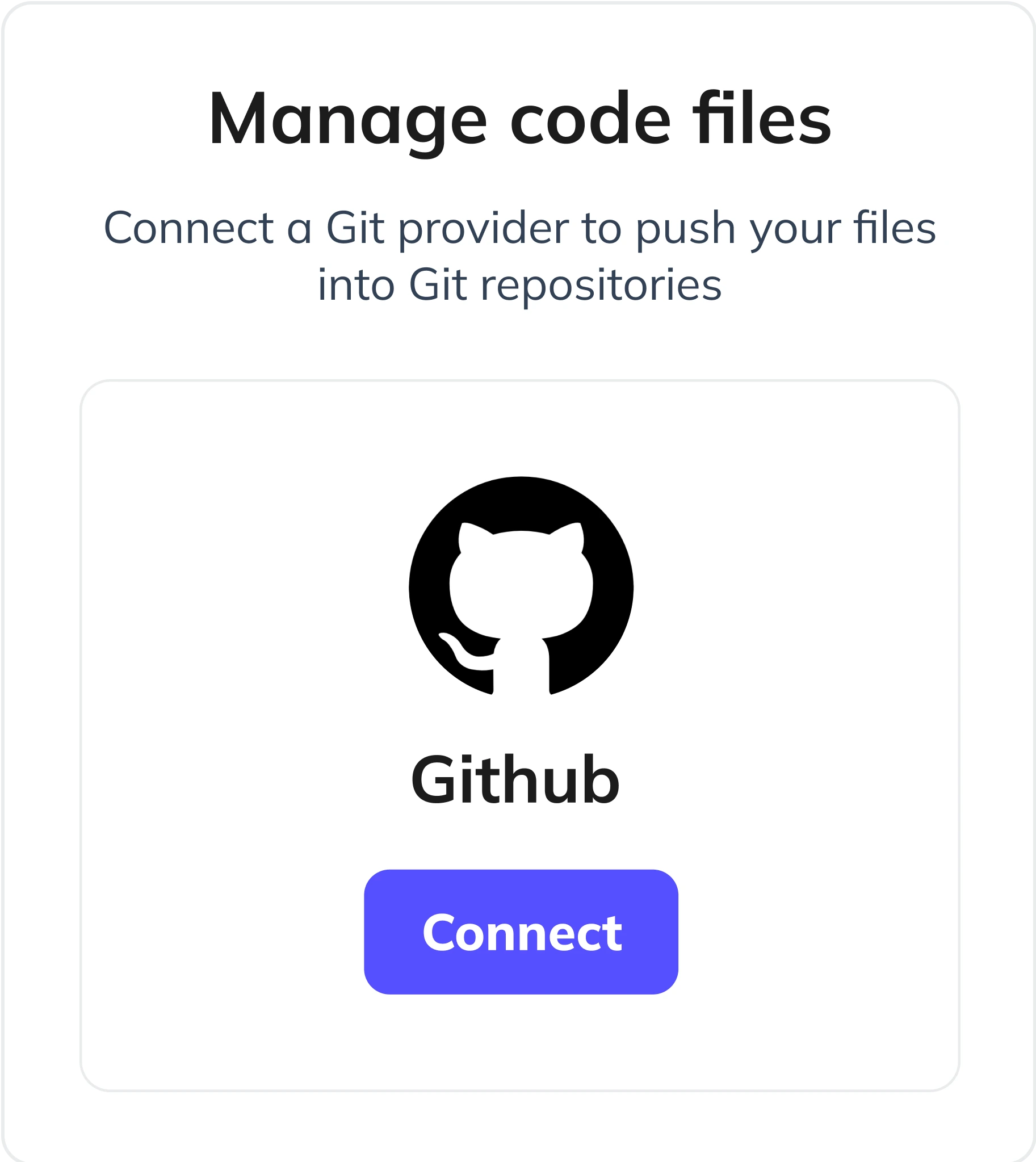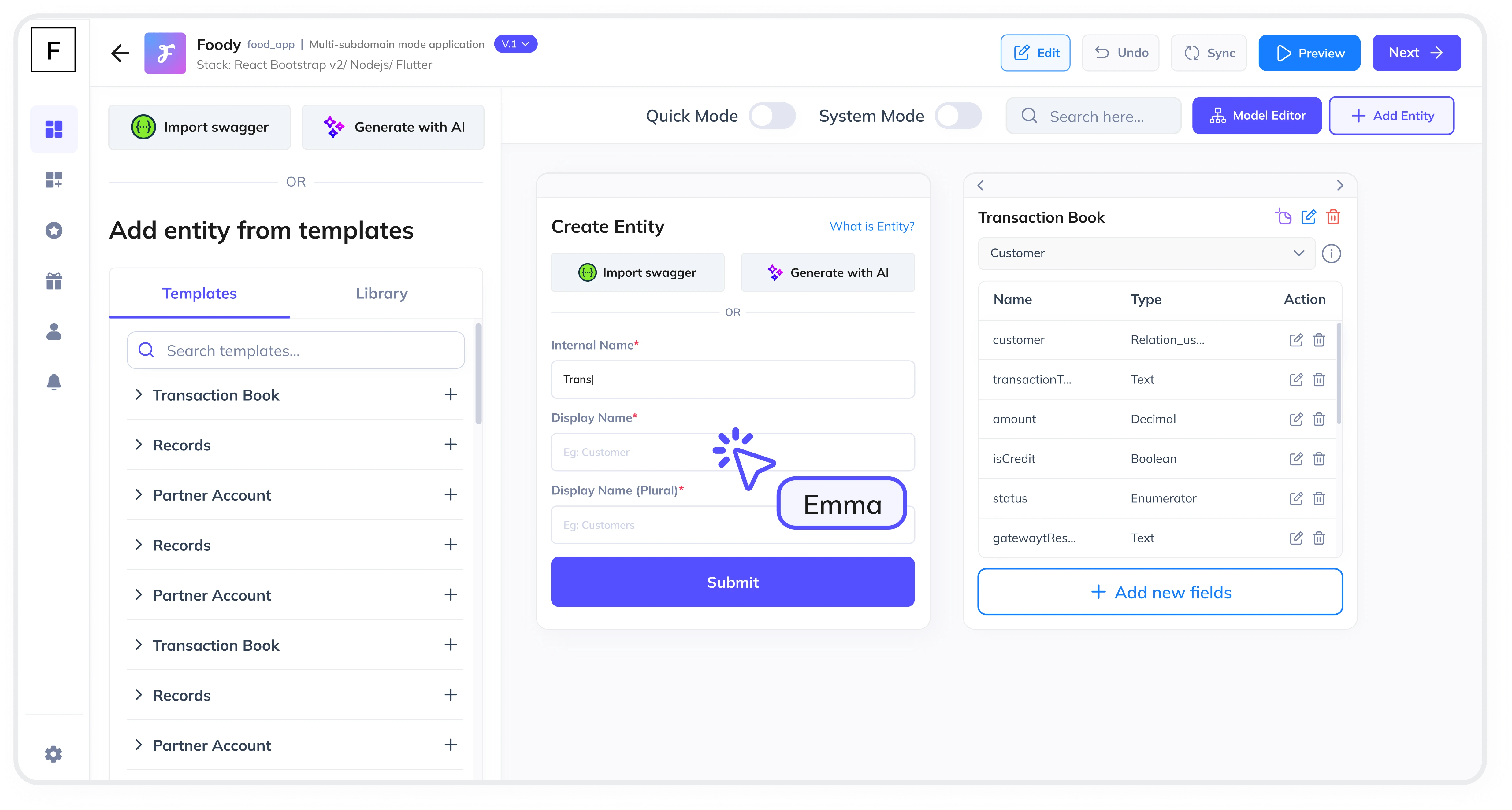Summarize and analyze this article with:
The Bookings Module in Real Estate Portals is a critical feature that allows users to schedule property viewings and manage rental appointments seamlessly. It enables potential buyers or tenants to book available time slots for property tours, while property owners or agents can confirm, reschedule, or cancel appointments. This module often includes automated reminders, calendar synchronization, and real-time availability updates, ensuring smooth coordination between all parties. In this guide, we’ll walk you through the step-by-step process of creating a Bookings Module for Real Estate Portals using FAB Builder, a low-code app development platform.
Why a Bookings Module is Essential for Real Estate Portals
The bookings module in real estate portals serves as the backbone for managing property viewings and rentals. It allows users to:
- Schedule property viewings with ease.
- Manage rental bookings efficiently.
- Track availability and avoid double bookings.
- Send automated reminders to users and property managers.
With FAB Builder, you can create a robust bookings module that integrates seamlessly with your real estate portal, ensuring a smooth user experience.
Step 1: Define Your Requirements
Before diving into development, it's essential to define the requirements for your bookings module. Consider the following:
- What types of bookings will your portal support? (e.g., property viewings, rentals)
- What information do you need to collect from users? (e.g., name, contact details, preferred time slots)
- How will you manage availability and avoid conflicts?
- Do you need role-based access control for property managers and users?
FAB Builder's AI-assisted entity creation feature can help you define these requirements quickly and generate the necessary code structure.
Step 2: Choose Your Tech Stack
- Select your preferred frontend, backend, and database technologies from FAB Builder’s supported tech stacks:
- Frontend: React.js, Angular, Vue.js
- Backend: Node.js, Java, .NET
- Database: MongoDB, PostgreSQL, MySQL
Step 3: Design the User Interface
The user interface (UI) of your bookings module should be intuitive and user-friendly. Key components include:
- A calendar view for selecting available time slots.
- Forms for collecting user information.
- Confirmation screens and automated notifications.
FAB Builder supports multiple UI frameworks, including ReactJs with AntDesign, ReactJs with Tailwind, and Vue, allowing you to create a visually appealing and responsive UI.
Step 4: Develop the Backend Logic
The backend of your bookings module will handle:
- Storing booking details in a database.
- Managing availability and preventing double bookings.
- Sending automated notifications and reminders.
With FAB Builder, you can generate production-ready backend code for popular tech stacks like MERN, MEAN, and NodeJs. The platform also supports bulk data import and export via Excel, making it easy to manage large datasets.
Step 5: Implement Role-Based Access Control
Role-based access control ensures that only authorized users can access specific features. For example:
- Property managers can view and manage all bookings.
- Users can only view and manage their own bookings.
FAB Builder's permission-controlled features make it easy to implement role-based access control, ensuring data security and compliance.
Step 6: Integrate Payment Gateways
If your real estate portal charges fees for property viewings or rentals, integrating a payment gateway is essential. FAB Builder supports integration with popular payment gateways like Stripe, RazorPay, and PayPal, enabling you to collect payments seamlessly.
Step 7: Deploy
Once your bookings module is ready, FAB Builder allows you to deploy it to the cloud with just one click. The platform supports managed hosting services for AWS, GCP, and Azure, ensuring scalability and reliability.
Step 8: Scale with Multi-Tenant Configurations
FAB Builder’s multi-tenant configurations enable you to create SaaS applications, allowing you to sell subscriptions to B2B consumers. This feature is ideal for real estate agencies looking to offer their booking system as a service to other businesses.
Bonus: Create SaaS Applications with Multi-Tenant Configurations
With FAB Builder, you can create SaaS applications using multi-tenant configurations, allowing you to sell subscriptions to your B2B consumers. This feature is particularly useful for real estate portals that cater to multiple property managers or agencies.

Conclusion
Creating a bookings module for real estate portals doesn't have to be complicated. With FAB Builder's low-code app development platform, you can streamline the process and focus on delivering value to your users. From defining requirements to deploying your application, FAB Builder provides all the tools you need to build a production-ready bookings module.
Ready to get started?
Explore FAB Builder today and take your real estate portal to the next level!






